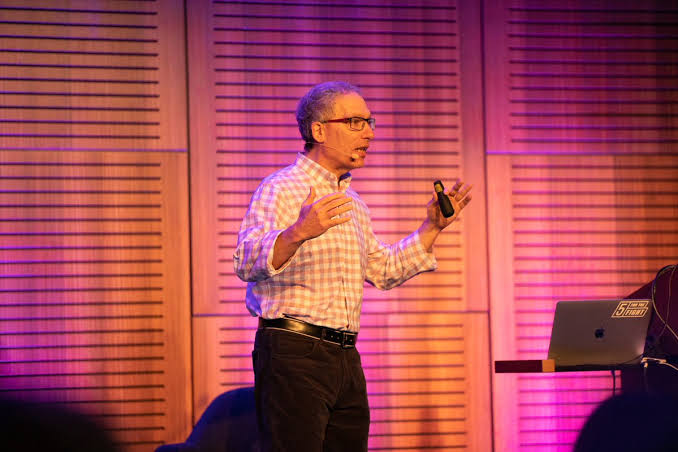Image: courtesy Qualtrics
Ok I admit it … after meeting Bruce Tempkin this week – I have a little CX crush!
Not only is he a customer experience management (CXM) pioneer and one of the founders of the CXPA, he’s also very humble and generous with his knowledge and sharing his expertise.
Tempkin now heads up the Qualtrics XM Institute. I attended his masterclass in Melbourne to hear the Godfather of Customer Experience share his 6 competencies and 20 CXM skills.
As a Customer Experience Strategy consultant, I share Tempkin’s view that good customer experience management requires building future facing customer-centric skills to develop new behaviors that become a part of the fabric of the day-to-day – ‘the way we do things here’.
He used a quote from Aristotle that resonated with my thinking and how I approach my CX practice:
“We are what we repeatedly do. Excellence then, is not an act, but a habit”
Here’s just a few of the Godfather’s ‘wise words’, and my thoughts on how leaders can apply these to improve their CX Management:
- “Poor experiences can demolish even the best strategy”
While business leaders may recognise the importance of enhancing customer experiences, most still develop their strategy to achieve business goals rather than solving customer problems. Strategy that is developed in a vacuum, without the customer’s needs in mind, often leads to initiatives that may be good for the business but not good for enhancing customer value.
- “Customer Experience Management requires the business to participate in change”
To deliver experiences customers love, i.e. the product and service experiences that accelerate growth, organisations need to learn new ways of working. Shifting from siloed functional groups to working together, prioritising end-to-end customer journeys over improving single interactions and using human-centric design to solve problems, to name a few. Tempkin’s view is that broad employee participation requires training for new CXM competencies and skills and the support and development of future-facing behaviours to create a sustainable, customer-led culture.
- “Take immediate action to improve the customer experience”
Collecting customer feedback data and disseminating insights are only a small part of solving customer problems. Organisations are becoming increasing proficient at collecting data to understand customer pains and frustrations, good at closing the loop to facilitate the right people in each department get the feedback, but poor in prioritising and taking action to fix customer issues. The advice here: stop collecting customer feedback data unless your company is prepared to take immediate action.
- “Developing customer journey thinking and scaling across the business”
CX Leaders ambitious for customer-led change need to shift from prioritising improvement on single interactions to focusing resources and effort on improving customer journeys and scaling this thinking across the organisation. Customer Journeys provide a framework for: understanding your customer perspective, communicating customer insights and opportunities, identifying service gaps, providing an evidence based approach to prioritising improvements and facilitating alignment to all work together to create a one company experience.
More of Bruce Tempkin’s wise words can be found on his blog Experience Matters.

